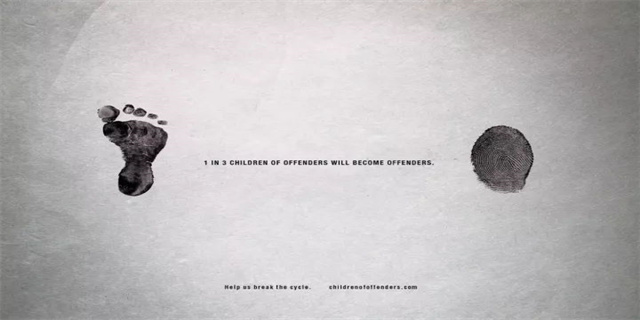Spring Festival: Celebrating the Arrival of a New Year
Introduction
The Spring Festival, also known as Chinese New Year, is an ancient and vibrant festival celebrated by Chinese communities all over the world. It is a time of great joy, cultural significance, and deep-rooted traditions. This article delves into the essence of the Spring Festival, exploring its history, customs, and the significance of this auspicious occasion.

The History of Spring Festival
Rooted in ancient Chinese mythology and folklore, the Spring Festival dates back more than 4,000 years. Legend has it that the festival originated from the struggle against a mythical beast called \"Nian.\" According to the tale, Nian would emerge from its hiding place every New Year's Eve to devour crops, livestock, and even villagers. Eventually, the villagers discovered that Nian was afraid of the color red, fireworks, and loud noises. With this knowledge, they devised strategies to scare away Nian, leading to the birth of the Spring Festival traditions we observe today.

Celebrations and Customs
The Spring Festival is a time of reunions, feasts, and various customs deeply embedded in Chinese culture. Families undertake thorough house cleaning before the festival begins, symbolizing the sweeping away of any ill fortune and making way for good luck in the coming year. Another essential custom is the reunion dinner on New Year's Eve, where family members gather from near and far to enjoy a lavish feast together. Traditional dishes, such as dumplings and fish, are served to symbolize prosperity and abundance.
Fireworks and firecrackers also hold a significant place during the Spring Festival as people believe that their loud noises can drive away evil spirits. The streets are adorned with red lanterns, symbolic of good luck and warding off bad omens. The younger generation receives red envelopes known as \"hongbao\" containing money, representing good wishes and blessings for the year ahead.
Significance and Cultural Impact
The Spring Festival is more than just a cultural celebration; it holds deep spiritual and emotional significance for the Chinese people. It is a time to honor ancestors, pay respects to deities, and express gratitude for blessings received. The festival also plays a crucial role in strengthening family bonds as it brings together loved ones who may be geographically dispersed throughout the year.
Beyond China's borders, the Spring Festival has spread to various parts of the world, becoming a global celebration. In cities with significant Chinese communities, lively parades featuring dragon and lion dances, traditional music, and vibrant costumes are organized. These festivities provide people of all ethnic backgrounds an opportunity to learn, appreciate, and participate in the rich cultural heritage of China.
Conclusion
The Spring Festival is a cherished time of renewal, hope, and celebrations. Its traditions and customs reflect the deep-rooted values of the Chinese culture, promoting unity, prosperity, and good fortune. Whether one is partaking in a grand parade or celebrating with family at home, the Spring Festival serves as a reminder of the importance of heritage and the shared human desire to welcome a new year with joy and optimism.




